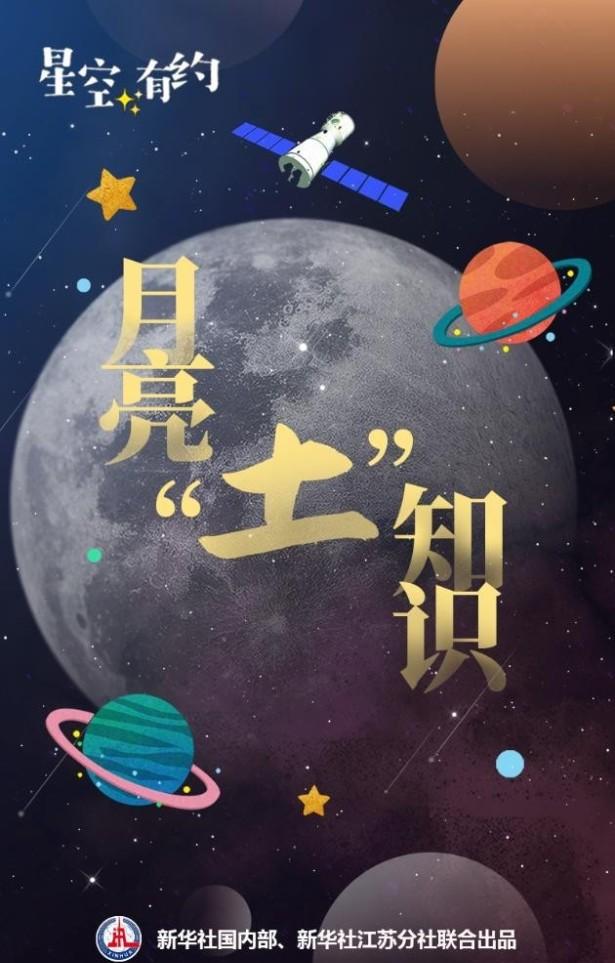Nanjing, 14 Feb (Xinhua) -- The "Lantern Festival" is the full night of the first lunar new year. After the ancients looked at the moon palace for a thousand years, the continent's Chang'e 5 brought samples of lunar soil back to Earth, revealing more mysteries of the moon. Science popularization experts from the Purple Mountain Observatory of the Chinese Academy of Sciences have compiled a moon "soil" flavor encyclopedia, allowing you to eat tangyuan while increasing the knowledge of the moon "soil".

Why are lunar "soil" specialties precious? Wang Kechao, head of science popularization at the Purple Mountain Observatory of the Chinese Academy of Sciences, said that lunar soil is a rock on the surface of the moon, and they carry a lot of important information about the formation and evolution of the moon. After a 23-day lunar exploration trip, Chang'e-5 brought back 1731 grams of lunar soil samples from the Rumk Mountains in the northern part of the Lunar Storm Ocean, a new region that previously human probes had never set foot on. The new samples provide fresh first-hand information for studying the weathering, volcanicity and geological background and evolution of the lunar surface, which can greatly deepen human understanding of the origin and evolution of the moon.
What story happened to the lunar "soil"? Wang Kechao introduced that from 1969 to 1972, the United States successfully carried out a number of manned lunar landing missions, bringing back a total of about 382 kilograms of precious lunar soil and lunar rock samples. The United States once gave China 1 gram of lunar soil samples, and mainland scientists used 0.5 grams of it for research. Ouyang Ziyuan, an academician of the Chinese Academy of Sciences, recalled that with this 0.5-gram sample, the Chinese research team published a total of 14 papers. Starting with a little lunar soil the size of a soybean, China began its advance towards the sea of stars in the solar system. Today, we have retrieved lunar soil from a new region for scientists in China and even the world to study, which is a milestone in China's aerospace history and an important step in human exploration and understanding of the moon.
Using the lunar soil retrieved by Chang'e 5, mainland scientists have conducted a series of studies. Scientists "ageed" the basalt samples, pushing forward the geological life of the moon by 800 to 900 million years; scientists estimated that the water content in the source area of the lunar mantle of the sample was only 1 to 5 μg/g, indicating that the mantle was very "dry". The lunar soil samples collected by Chang'e-5 have also greatly refreshed the previous understanding of lunar volcanic activity: there may be multi-stage volcanic activity in the landing zone, and we may need a new theoretical framework to explain the secret of the moon's geological "longevity".
"Scientists' research on lunar soil is still deepening. With the development of science, people's understanding of the moon has long been not limited to myths and legends, but the mysterious moon soil still contains many unsolved mysteries, waiting for human beings to continue to explore. It is believed that in the near future, these 'soil' specialties from the moon will certainly help human beings discover more mysteries about the universe. Wang Kechao said.
Source: Xinhua Net